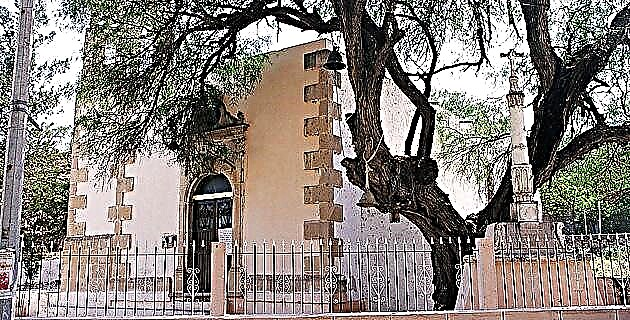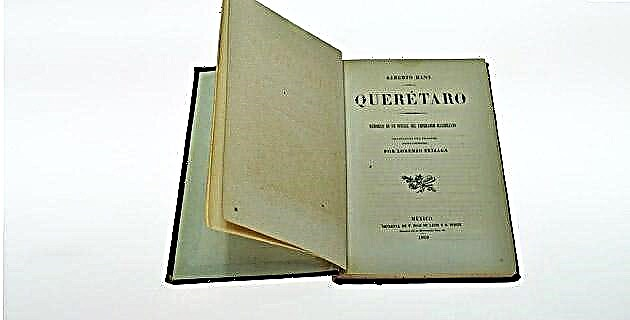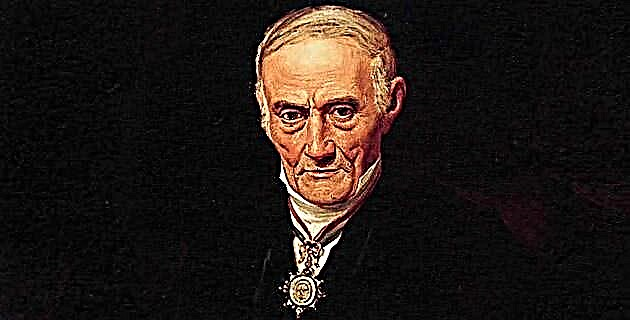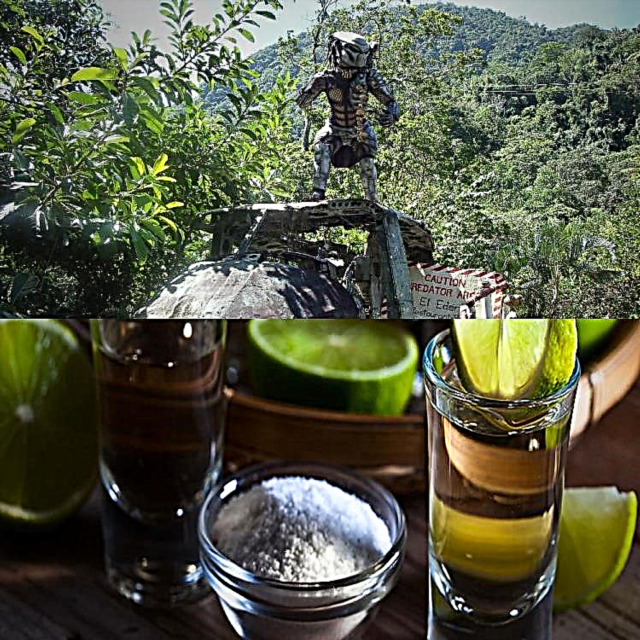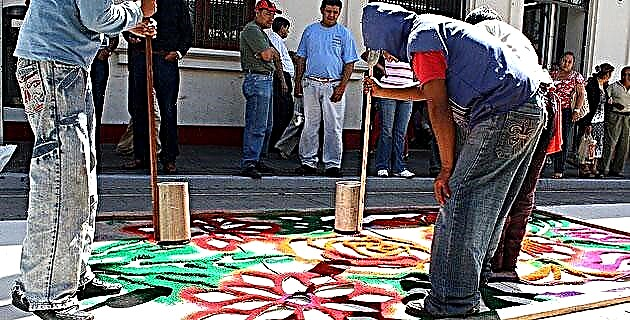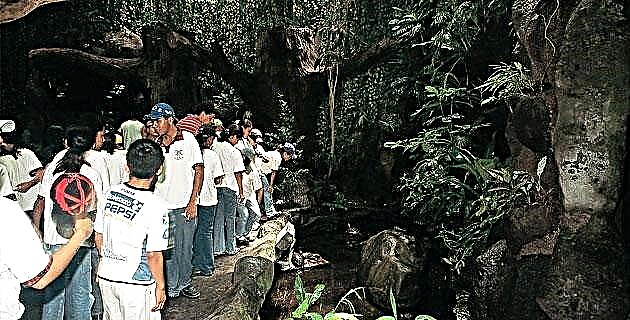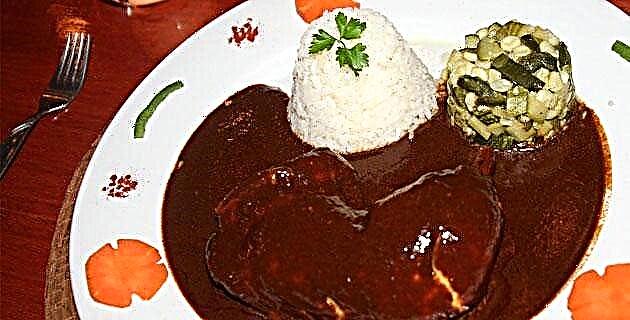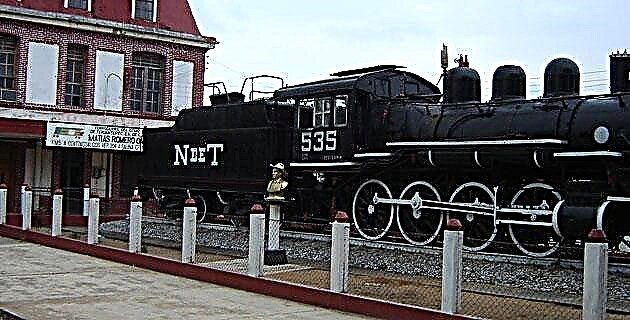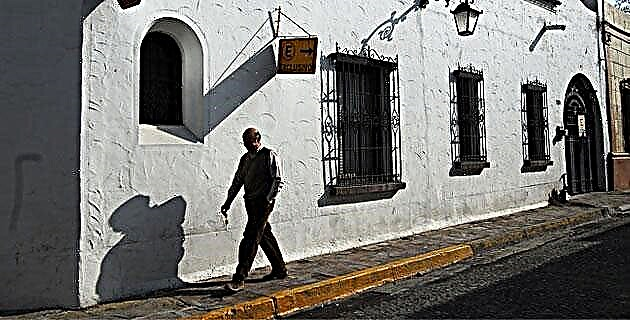
In the Old Quarter, according to the chronicles and the voices inherited from generation to generation, it was always lived in absolute harmony.
The families living in that urban space were as one, both in joyous events and in those marked by pain. Religiosity characterized the people of those days: it was compulsory to attend a daily mass of five or those that took place throughout the day in the Cathedral; Of course, one could not miss the rosary or the holy hour that for many years Father Jardón-founder of the Marian Congregation- celebrated exclusively for the gentlemen. Andrés Jardón, his brother, recited the rosary at the neighbors' wakes and accompanied them to the pantheon to pray it before the tomb.
They also attended mass or other pious acts in the chapel of the Colegio de San José, the neighbors in the wing that faced Abasolo and the internal students in the nave that looked out onto the patio.
For many decades they lived in the Old Quarter, in addition to Father Jardón - whom people saw passing by surrounded by children and floating his enormous black cape - Canon Juan Treviño, better known as "Father Juanito", and Father Juan José Hinojosa, whom not a few saw in levitation not only when celebrating the offices, but also when he walked down the street with his ascetic face.
During the rigors of summer the sidewalks were filled with chairs and rocking chairs from Austria or from La Malinche. There, Don Celedonio Junco, who was passing by with the newspaper under his arm, or General Garza Ayala, who, according to Dr. Gonzalitos, handled the pen as well as the sword, was greeted with affection. Meanwhile, the boys in the street safely played tag, hide-and-seek, enchanted people, or jumped donkey.
Birthdays and holy days for young and old were a reason for conviviality and joy in the snack and in the naive piñata; The same overflow was observed during the Christmas season in the posadas and shepherds.
In each house there was a piano or an instrument such as the violin and the guitar was played. The gatherings in the house of Don Celedonio Junco were famous; the songs, the verses and the improvisations delighted the audience.
For their part, the girls formed female students and participated in civic and social festivals. Such was the joy that locals and strangers called that area "the Triana neighborhood."
It was common that in addition to the comment on political events or the Revolution, or on the last chapter of the serialized novel that El Imparcial included, the conversation embroidered about what happened in the neighborhood: the girl who fell from the balcony, Don Genaro that he left his tent and never came back, the young man whose horse ran out of control and dragged him several meters, and so on.
Some events were violent, such as that of the officer who demanded that the Castillón family vacate their house within 24 hours to house Carranza, without his knowledge. Others were funny, like the girl who arranged the escape with her boyfriend and agreed to wear a green cloak to identify herself. His grandmother, the only person he lived with, would go to mass at five, and that would be the opportune time to escape. But the grandmother took the mantle of the granddaughter, who pretended to sleep. The loving gallant, identifying the cloak, took her in his arms and put her on his horse, but at the first lit lantern he realized the confusion. They say that the grandmother was euphoric in the arms of the rider.
The legend has also ruled over the neighborhood. Noises, footsteps and shadows are heard and seen in the old houses. Bones buried in the trunk of the walnut tree; secret tunnels from the cathedral to the school; women walled in the thick walls; crowns of images that when rubbed make wishes come true; pianos that play alone; or some knight in debt who, on the verge of suicide, meets a bishop at the north door of the cathedral who gives him the sum of money to save the commitment.
History, tradition and legend, that has been the Old Quarter through the centuries. Its significance and rescue will restore to Monterrey this beautiful piece of its past.

